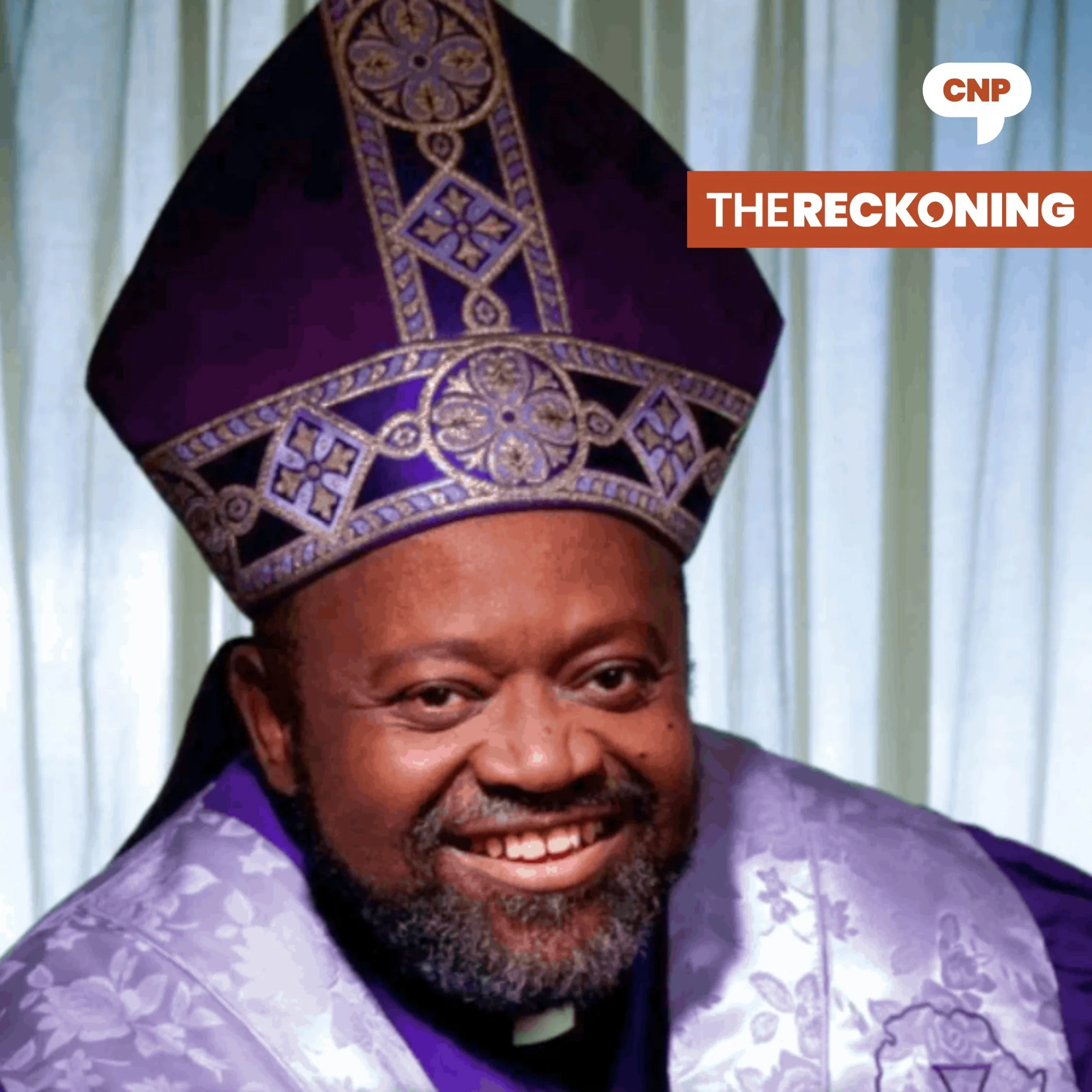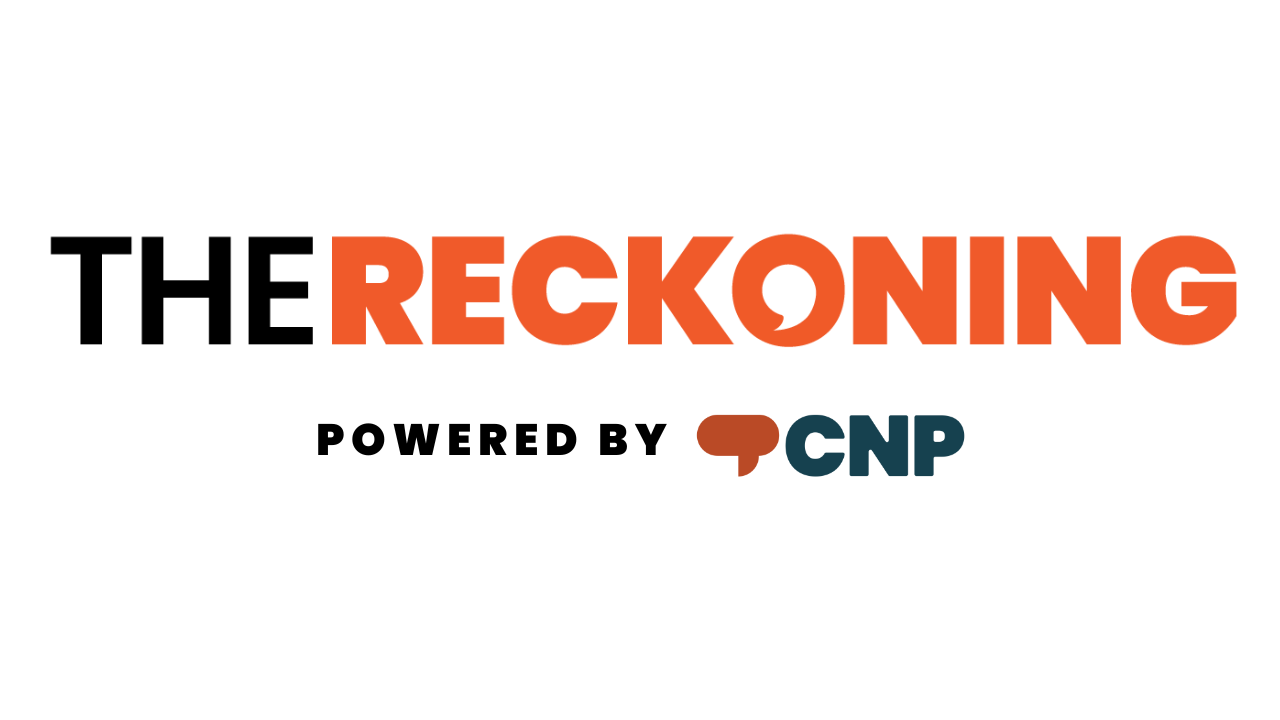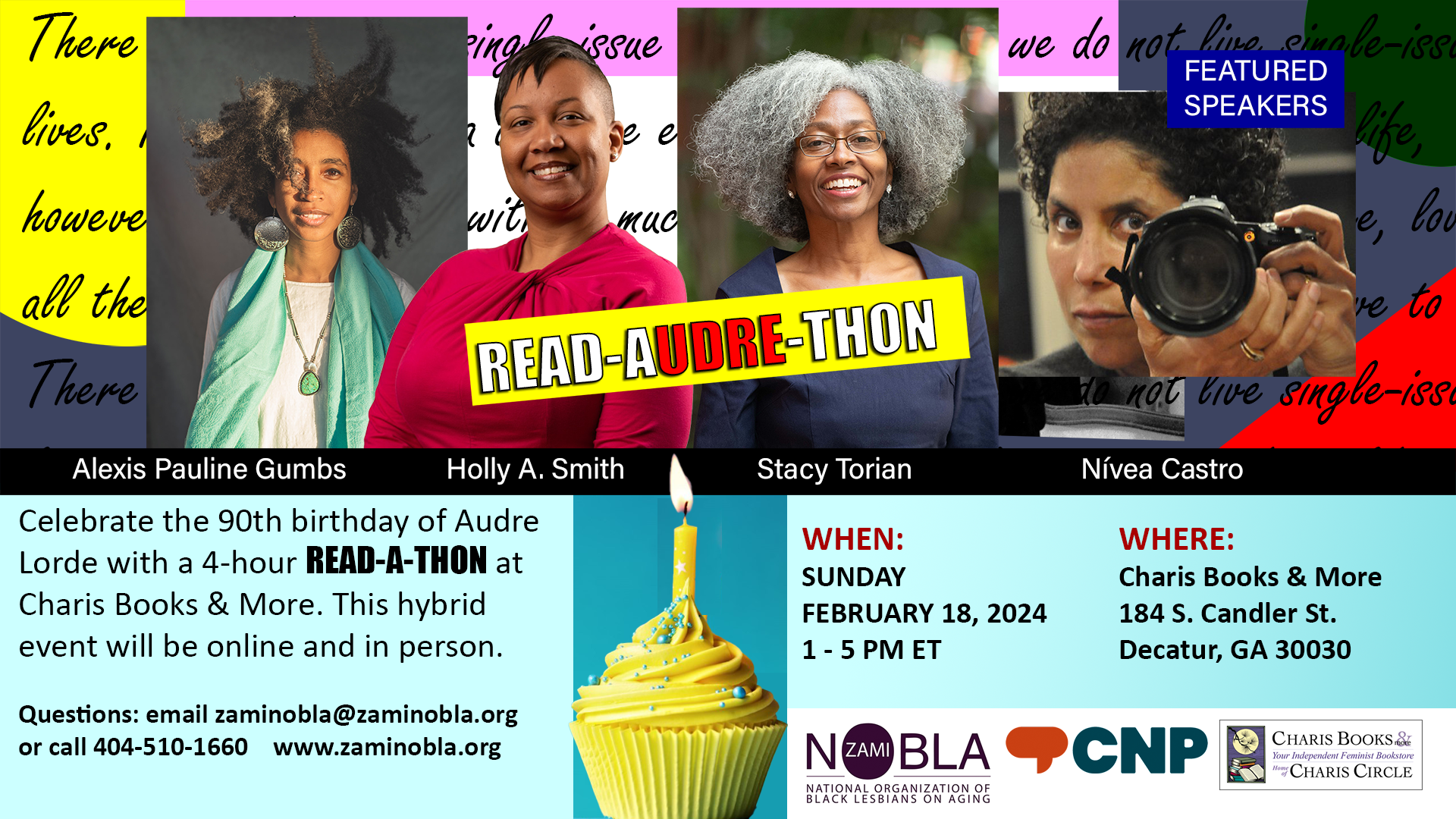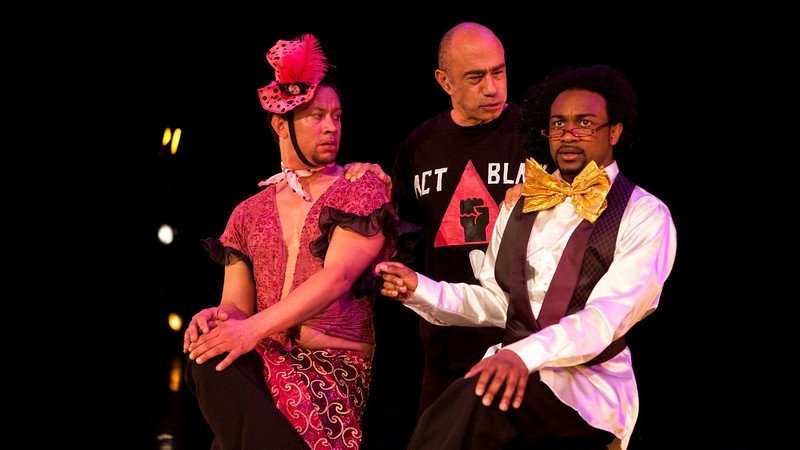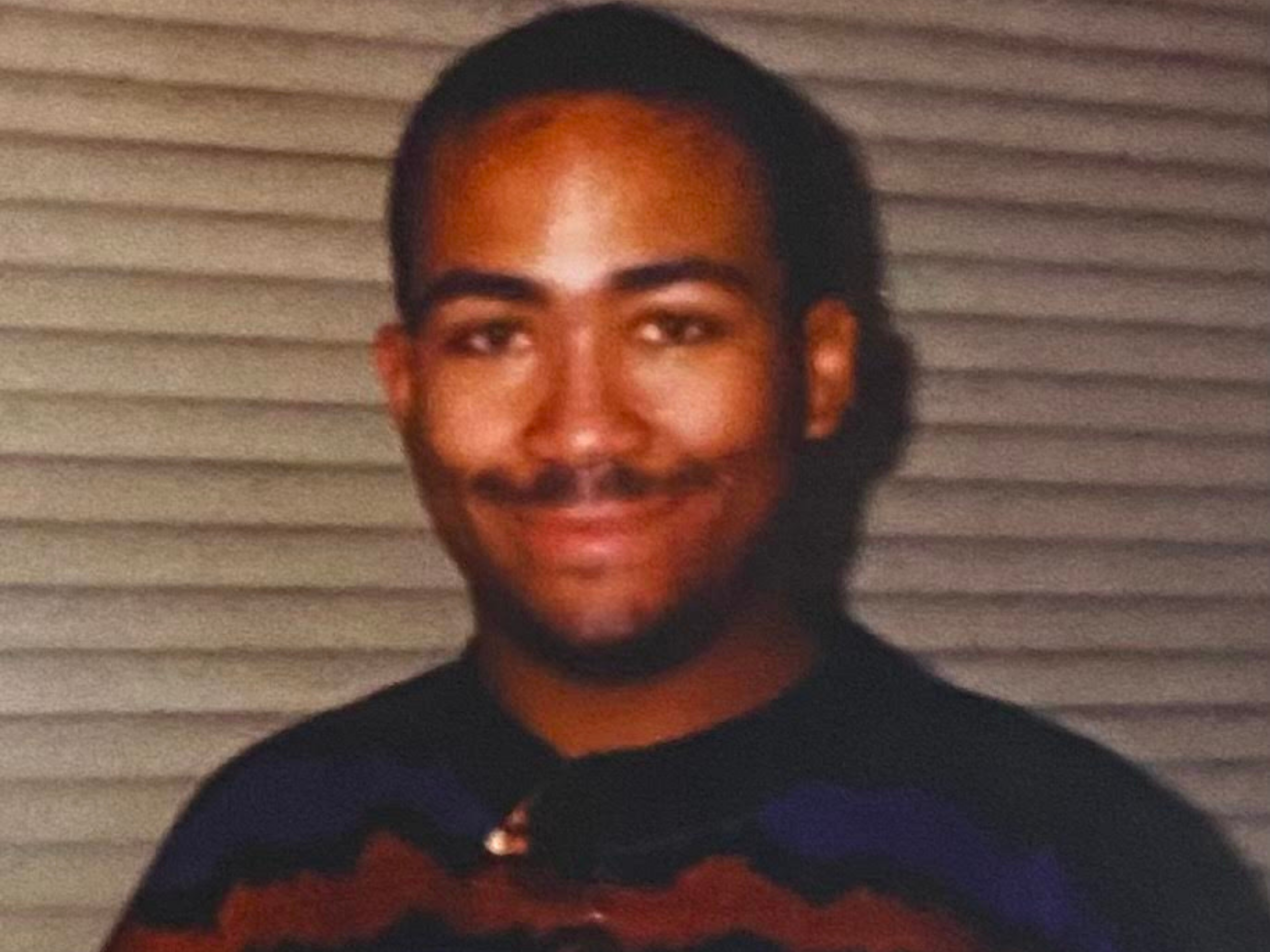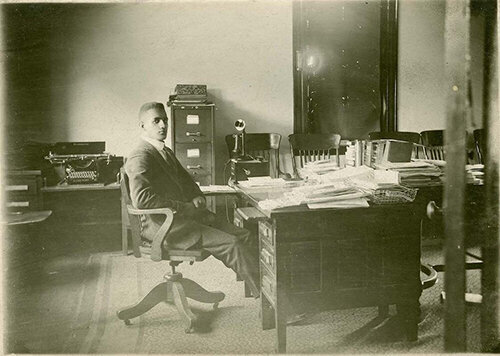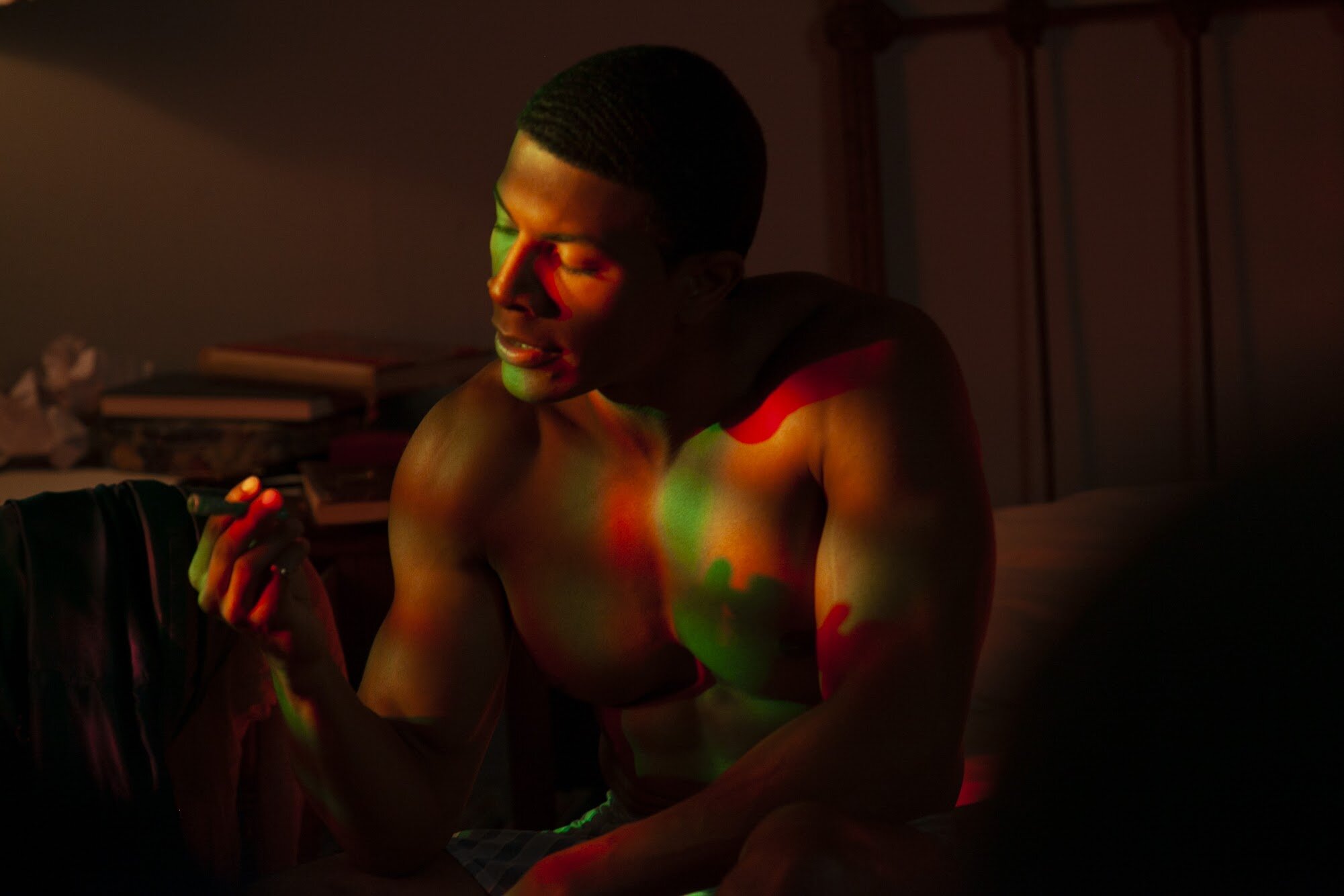Archbishop Carl Bean on Faith, Music, and HIV Activism
Recorded in January 2021, Archbishop Carl Bean, spiritual leader, HIV activism pioneer, and the voice behind 1977’s “I Was Born This Way,” recounts his journey from gospel stages and Motown to founding Unity Fellowship and ministering through the HIV crisis of the 1980s and 1990s. It’s a candid, joy-filled reflection on faith, music, and queer Black liberation that turns history into a call to love openly and live unapologetically.
